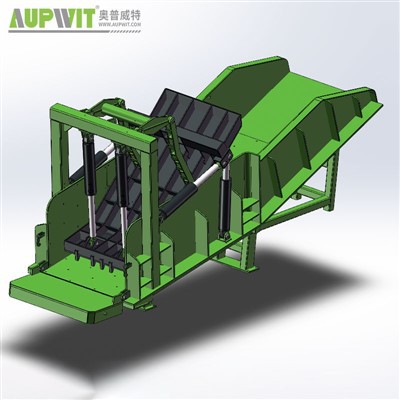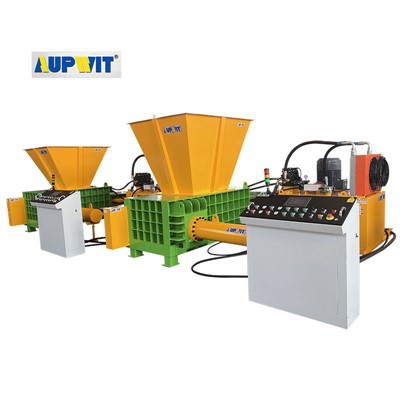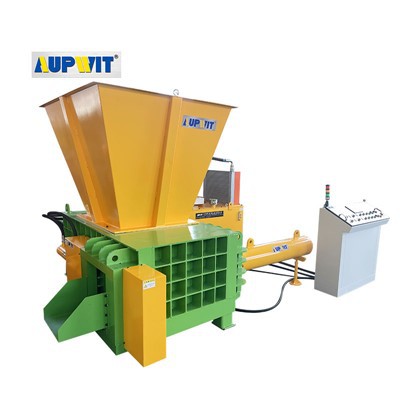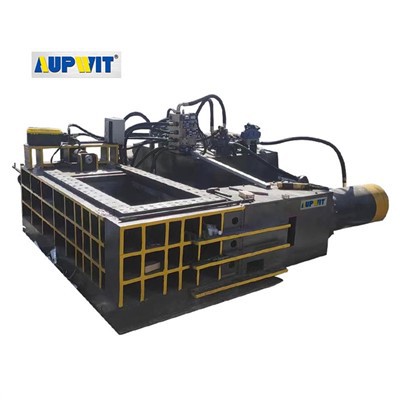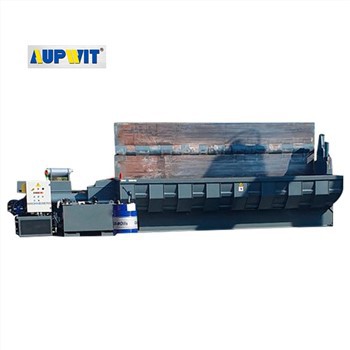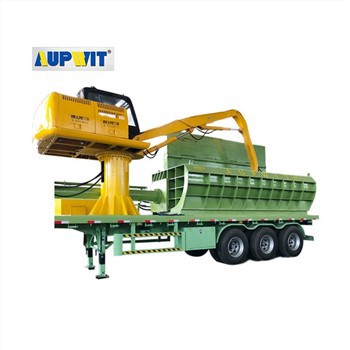Environmental Benefits of Swarf Briquetting Press
Swarf Briquetting Presses offer significant environmental advantages through volume reduction, resource recovery, pollution control, and energy savings.
1. Volume Reduction & Space Conservation
Briquetting dramatically decreases the physical footprint of metal waste.
- Up to 90% volume reduction
- Loose chips transformed into compact briquettes
-
Factory benefits:
- - Significant storage space savings
- - Reduced transportation frequency
-
Environmental benefits:
- - Lower fuel consumption
- - Reduced transportation emissions
2. Resource Recovery & Recycling
Briquetting enhances metal recycling efficiency and conserves natural resources.
- High-density briquettes improve remelting efficiency
- Enhanced recovery of: Aluminum Copper Steel
- Example: Aluminum briquettes achieve higher recovery rates, reducing need for primary production
-
Conserves natural resources by reducing:
- - Mining activities
- - Energy-intensive refining
3. Pollution Control
Briquetting helps contain and manage industrial pollutants.
- Traps and collects cutting fluids/oils from chips
- Prevents soil and water contamination
- Reduces airborne metal dust
-
Dual benefits:
- - Improves industrial air quality
- - Enhances worker health and safety
4. Energy Savings
Mechanical compression offers an energy-efficient waste solution.
-
Compared to alternatives:
- - 30-40% less energy than thermal processing
- - 50-60% less energy than chemical treatments
- Simple mechanical operation reduces overall energy demand
- Contributes to lower industrial carbon footprint
Swarf Briquetting Presses play a crucial role in industrial sustainability, offering comprehensive environmental solutions through volume reduction, enhanced recycling, pollution prevention, and energy conservation.


